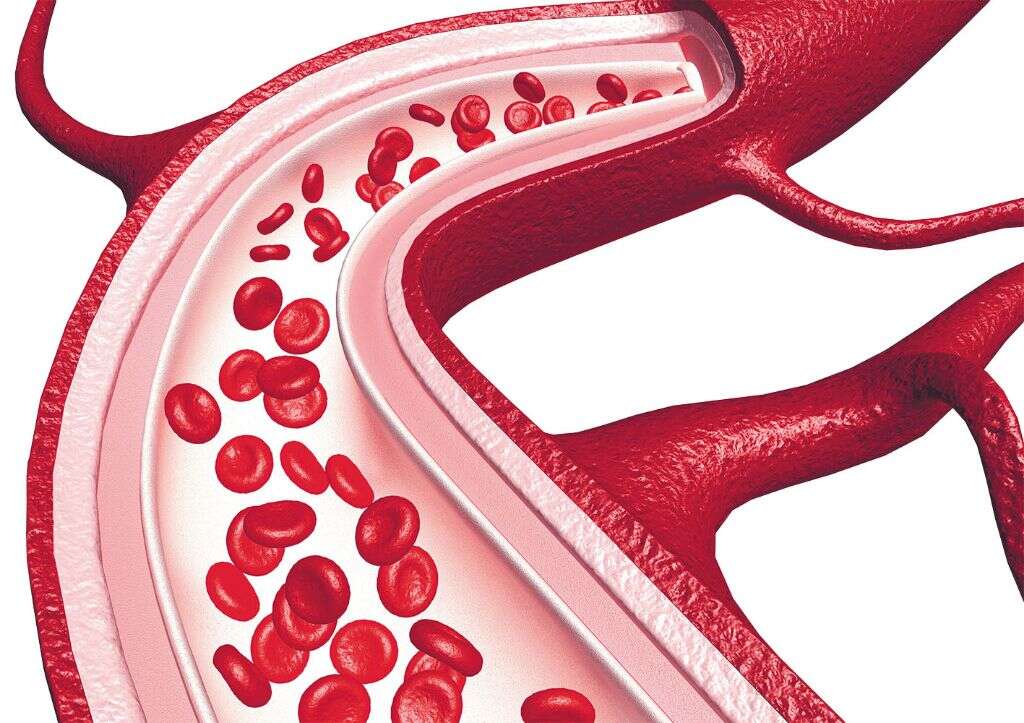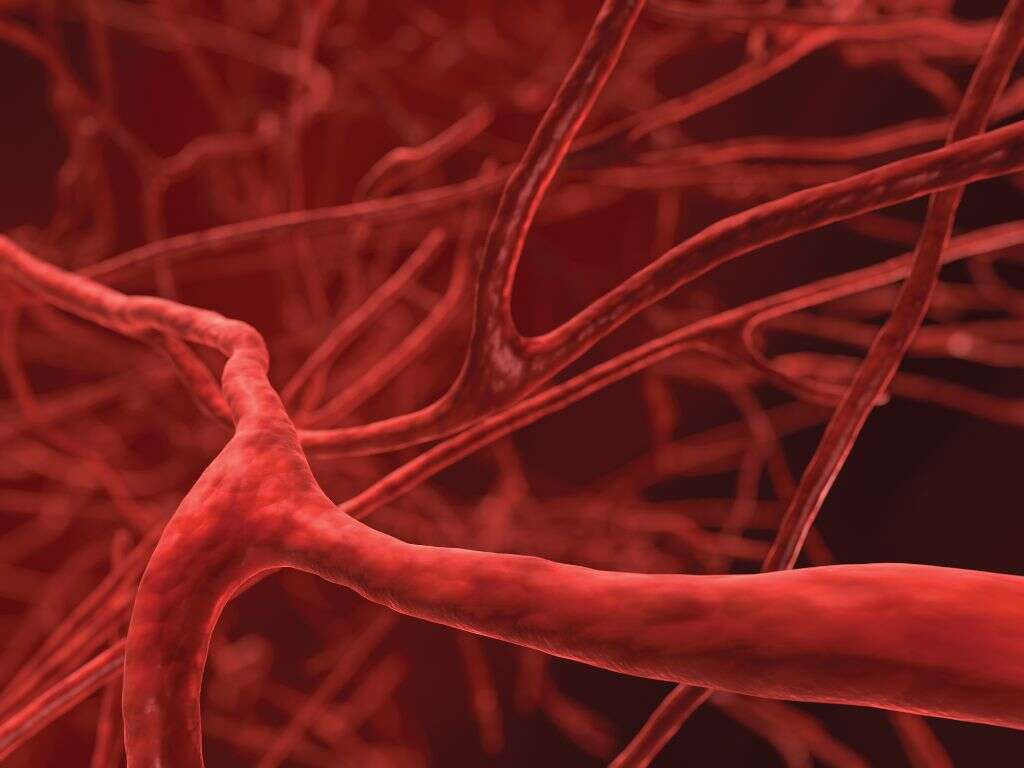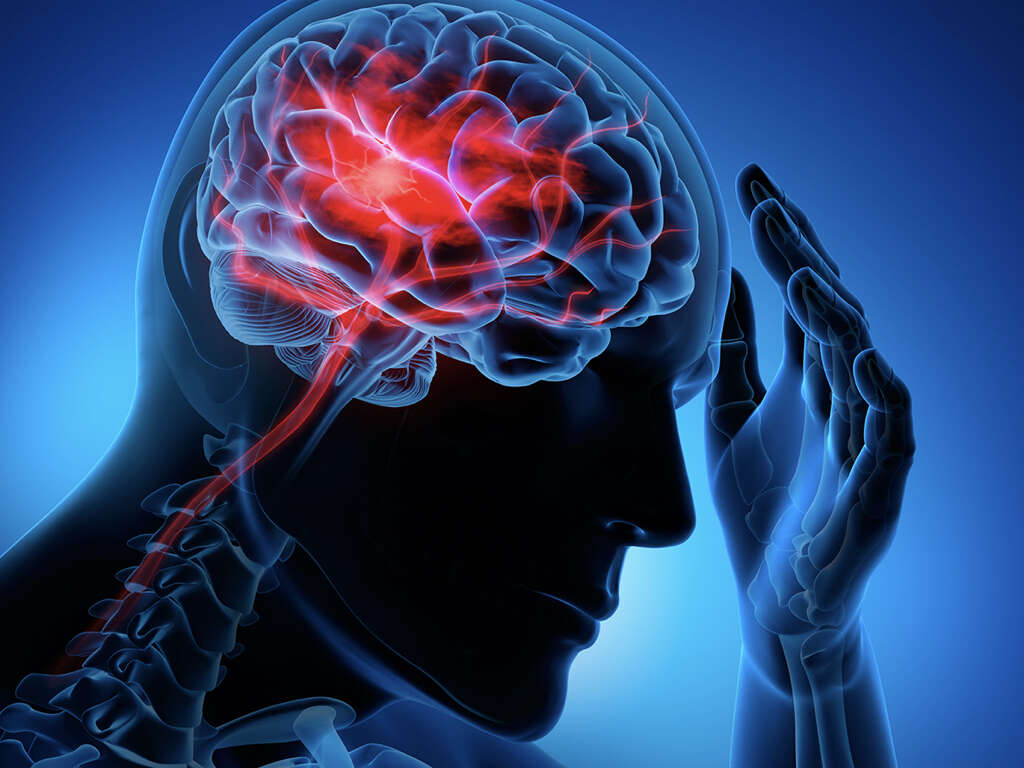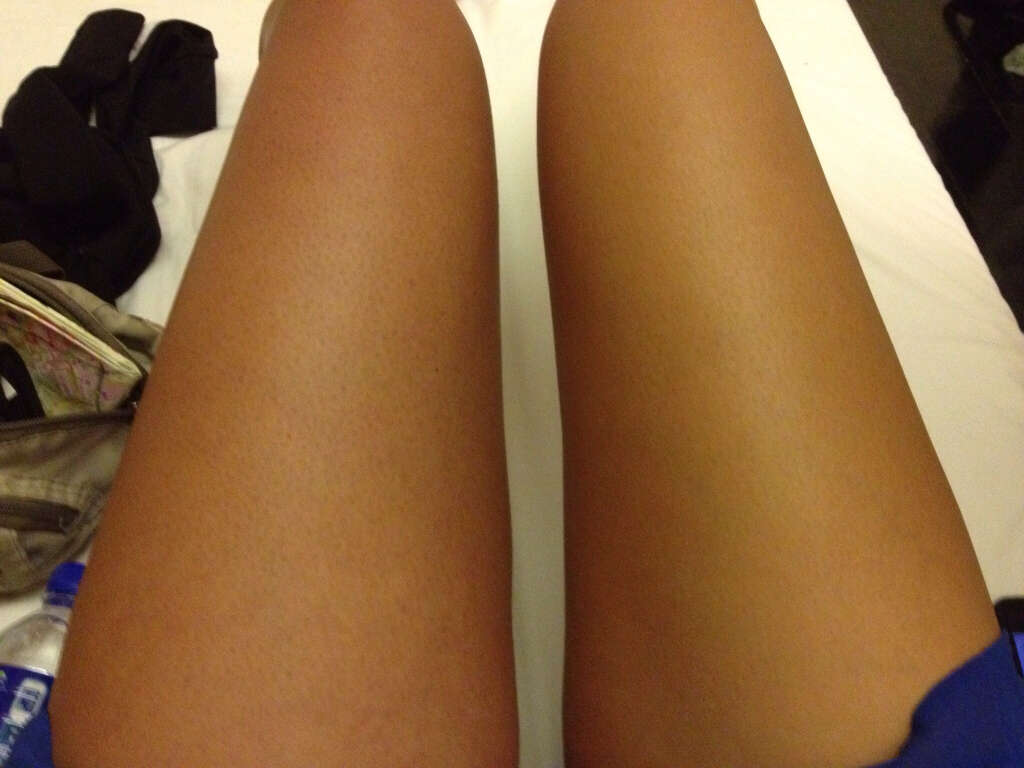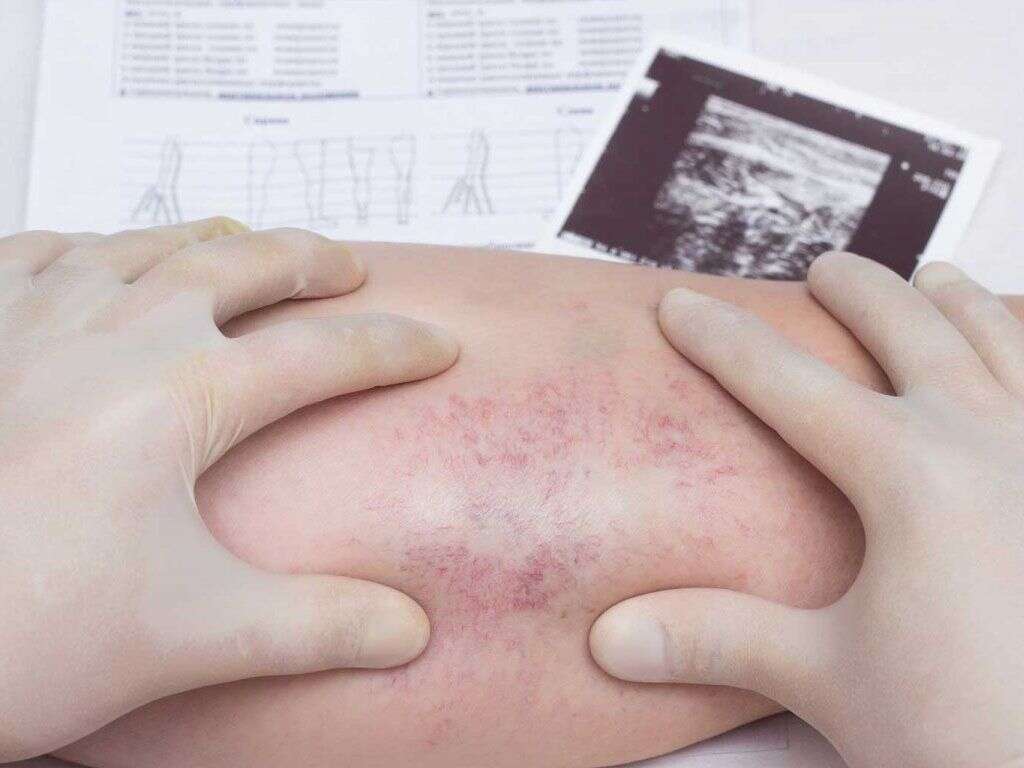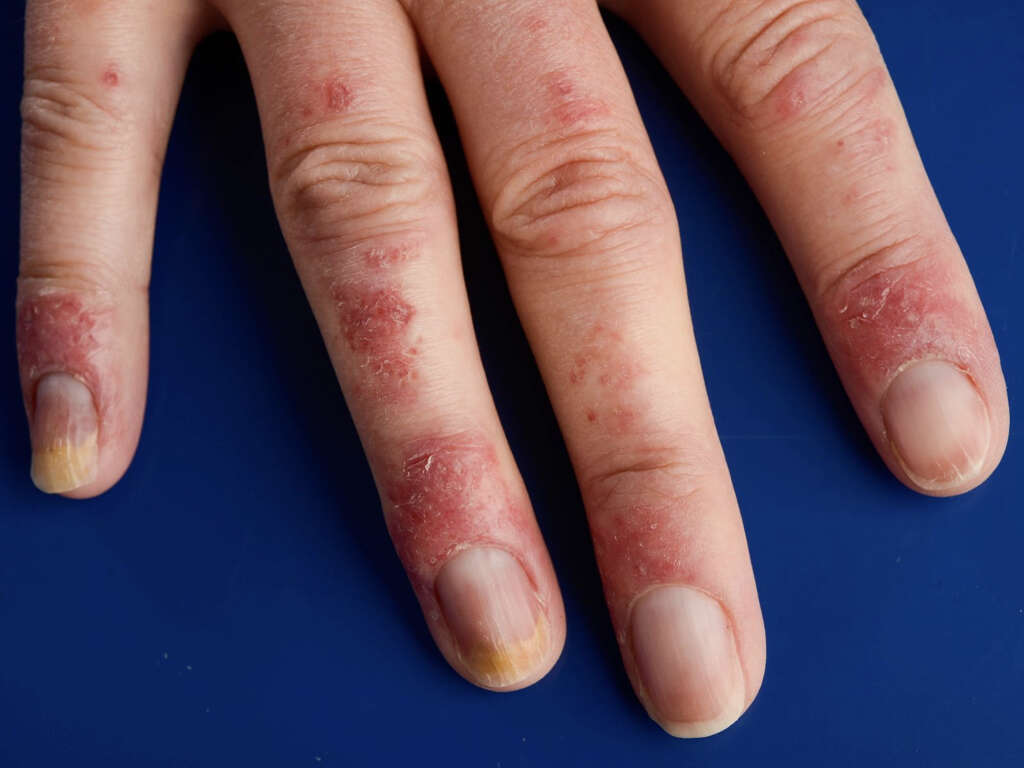What Is Deep Vein Thrombosis?
Our blood travels throughout our bodies in a system of tubes. If any of these tubes were to become blocked then it could mean that blood is no longer able to flow through. This, in turn, means that bodily tissues further along the line will be starved of the oxygen and nutrients that they need.
If our cells don’t get these resources then they will soon begin to die, and this will be very dangerous for us. Unfortunately, there are some natural ways that blockages can develop in our blood vessels. One of these is deep vein thrombosis, and it has the potential to be very dangerous.
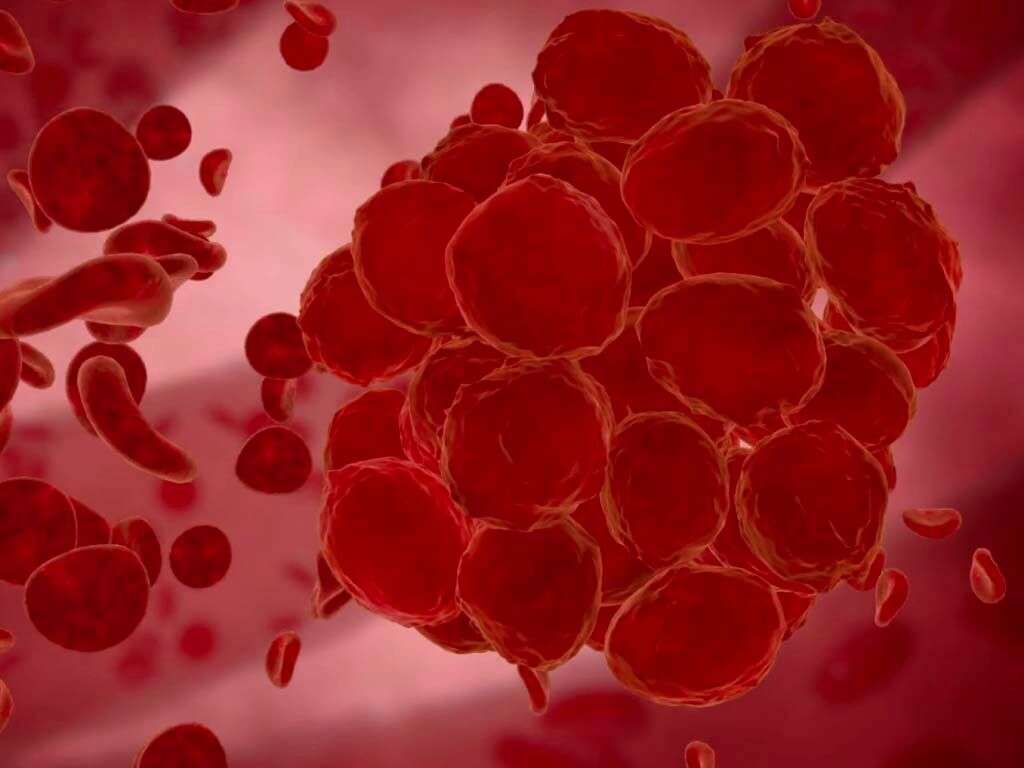
1. Thrombus
The blood is made up of numerous different cell types, and one of these types is the platelet. These are specialized cells that will begin to clump together with help from a certain hormone. This is important because this clumping of the cells causes solid lumps known as clots, and these act as plugs that can help stop blood leaking out of the body.
As important as this is for us, however, it does come with its downsides. One of these is that these clots can form in the blood vessel and remain there. This is known as a thrombus, and it can block the flow of blood and cause other potentially dangerous situations. One example of such a clot is known as deep vein thrombosis.

2. Deep Vein Thrombosis
A thrombus will sometimes happen in one of the deeper veins in the body. This is known as a deep vein thrombosis and it will usually happen in the legs. There are numerous reasons why this can happen and, in many cases, it will do the patient no harm. Many patients with this condition will not even feel any symptoms.
Although deep vein thrombosis will not usually cause any problems, they should still be taken seriously when they are discovered. This is because there is a chance of the clot becoming dislodged, after which it could then travel through the blood stream and block blood vessels elsewhere.
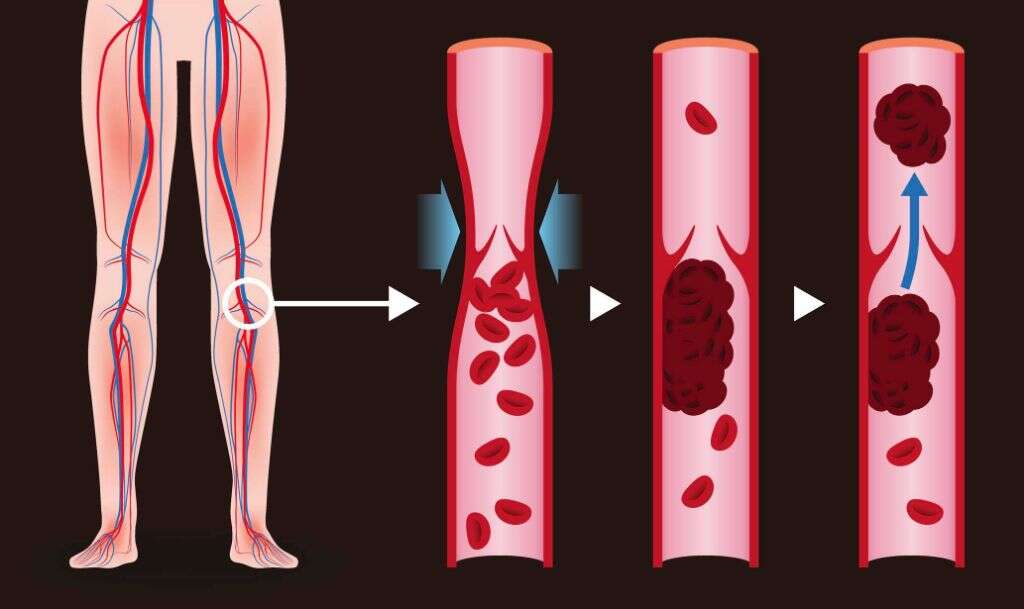
3. Causes
There are numerous potential causes of deep vein thrombosis, and they can be found even in the healthiest of people. One potential cause is an injury to the vein. Such injuries can happen during accidents, while they will also sometimes happen after surgery.
Some cases can be caused by certain types of medication. The condition can also be caused when the patient remains still for too long, thus restricting the circulation of the blood. This can happen in people who sit for too long, including sitting at a desk. It can also happen in people that are immobile due to injury or other medical conditions.
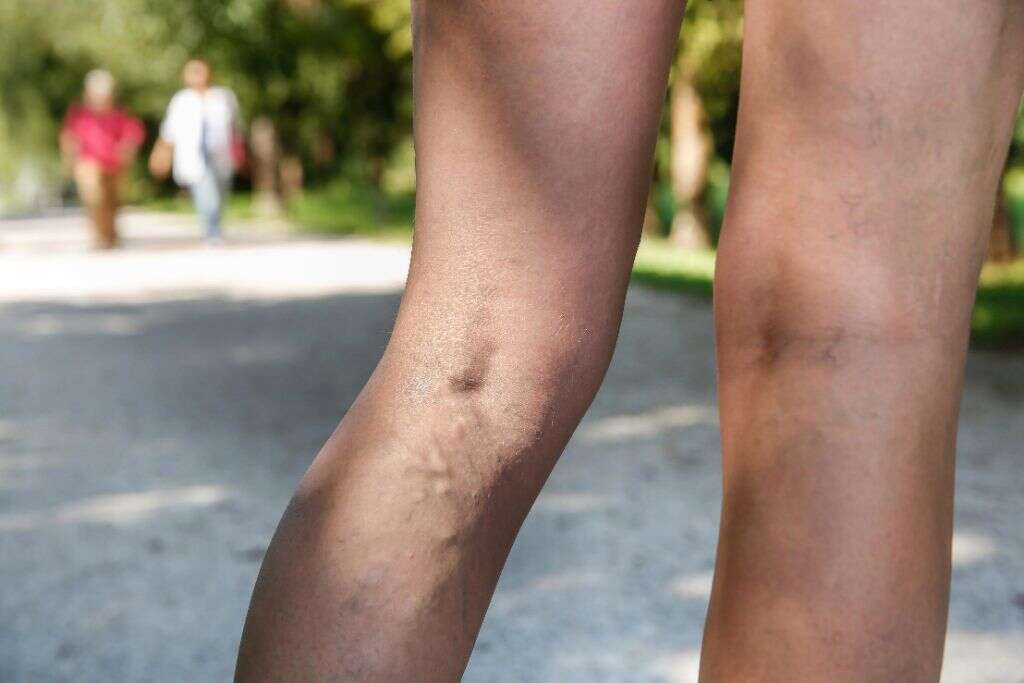
4. Symptoms
As mentioned, many people with deep vein thrombosis will experience no symptoms. When symptoms do show, however, they will typically include pain in the leg. The pain will tend to begin in the calf, and it is sometimes described as being sore, or that it feels like a cramp.
The condition will also sometimes cause the affected leg to become swollen. In a small number of cases, both legs can become swollen. The skin on the affected leg can also become discolored and red, and the affected leg can also feel warm to the touch. These symptoms should encourage you to see your doctor if you have not done so already.

5. Postphlebitic Syndrome
Deep vein thrombosis can also cause complications in addition to the symptoms mentioned. One of these complications is known as postphlebitic syndrome. This means small valves that help ensure the blood is flowing in the right direction become damaged by the thrombosis.
When these valves are damaged, the blood will sometimes flow in the wrong direction. This can cause the pressure to build up in the affected leg as the blood begins to accumulate. This, in turn, will result in problems like pain in the leg, and swelling in the legs. Other symptoms caused by the condition include skin sores and discoloration of the skin.
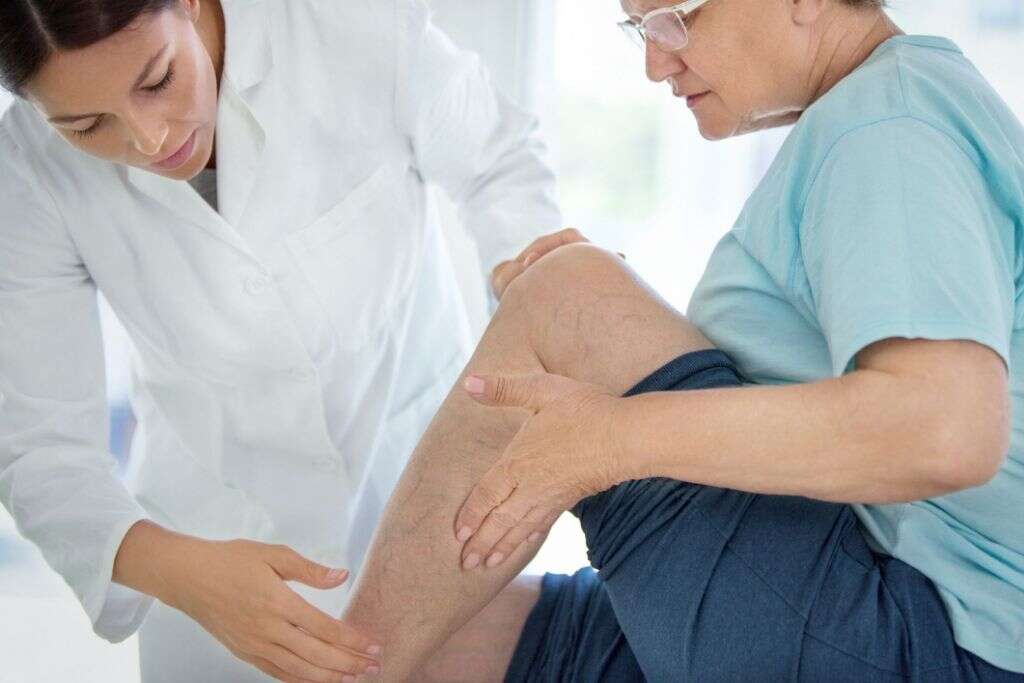
6. Pulmonary Embolism
Deep vein thrombosis can also occasionally cause a very serious condition known as a pulmonary embolism. Blood clots in the veins can occasionally become dislodged and flow through the rest of the circulatory system. The clot will sometimes flow through to the pulmonary artery and become stuck, blocking the flow of blood.
The pulmonary artery feeds blood to the lungs where it can absorb oxygen. With this flow blocked, the body will no longer be able to get the oxygen that it needs. This is an extremely dangerous situation and the patient will require immediate medical assistance in order to save their lives.
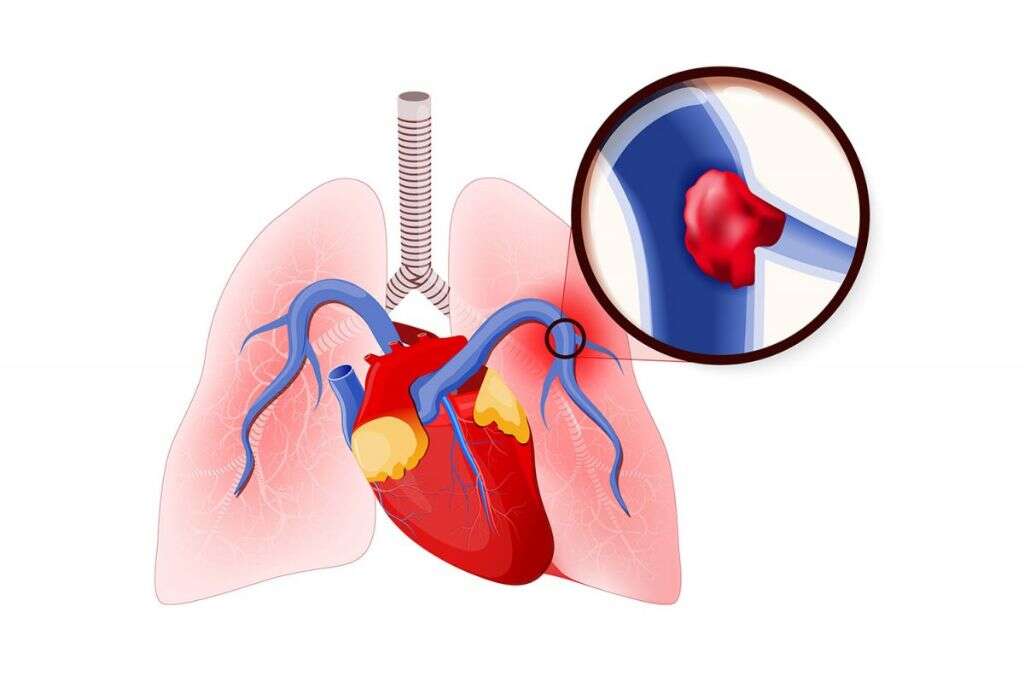
7. Who’s At Risk
Even healthy people can develop deep vein thrombosis, but certain groups of people are more or less likely to develop it than others are. These include people that are obese, and those that smoke. Some blood clotting disorders are another potential factor, and there is also a higher risk in people that have a history of the condition in their family.
The over 60s are also in a higher risk group, and people that suffer from heart failure are also more likely to get deep vein thrombosis. Some oral contraception can increase the risk, as can pregnancy. Inflammatory bowel disease is another risk factor, as is cancer. People that have recently had surgery or injury are also in a high risk category, as are people who spend long periods staying still.

8. Prevention
If you take certain steps then you will be able to reduce the likelihood that you will get deep vein thrombosis yourself. One of these is to try and live a fairly healthy lifestyle. Quit smoking if you smoke, and lose weight if you are obese. Regular exercise will help to keep the circulation flowing and this can also help prevent clots from forming.
People that spend a lot of time sitting still are also at risk. This includes people that regularly go on long journeys, and taking opportunities to stretch your legs is a good idea. Deep vein thrombosis is also a risk in people who are immobile due to sickness or injury.

9. Diagnosis
After asking you about your symptoms, your doctor will likely want to perform a brief physical exam. If they do suspect deep vein thrombosis then they will likely request that tests are undertaken to help confirm the diagnosis. This will usually include a blood test that will help to look for signs of a clot.
Imaging techniques are also often used. This includes ultrasounds that may be able to identify a blood clot visually. MRI scans and CT scans are other available options. Dyes are sometimes injected into veins to help the structure of blood vessels and clots to show up more clearly on images.
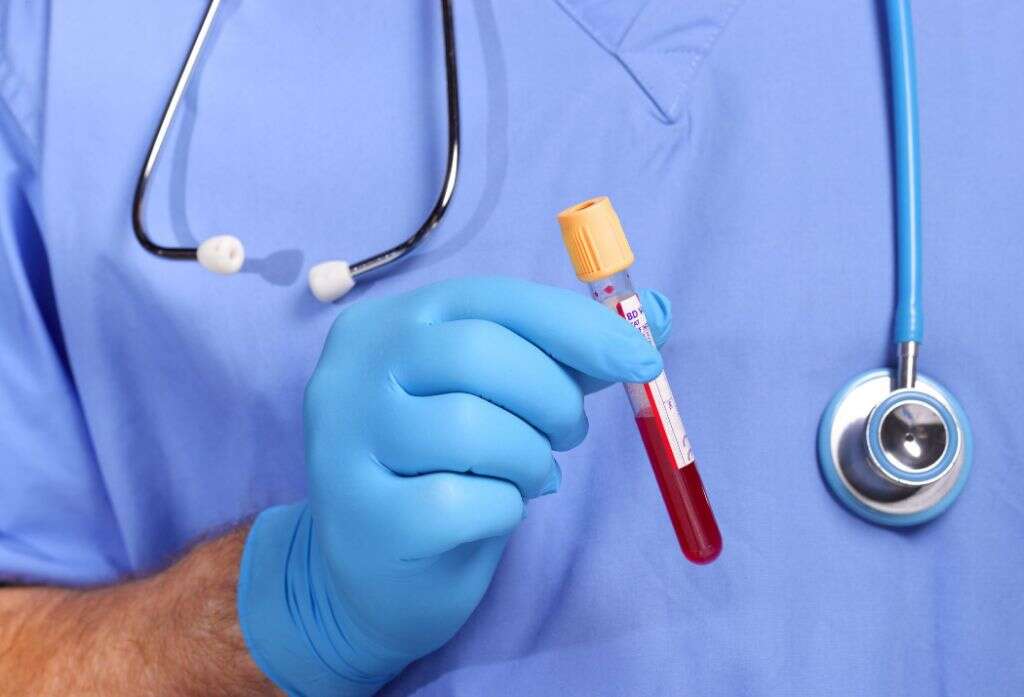
10. Treatment
Treatment for deep vein thrombosis will typically involve blood thinners. These will help to prevent more clots from forming, and will help to prevent existing clots from growing larger. Some patients will also be given medication that will encourage the clot to dissolve safely.
Pressure stockings will also sometimes be used. These will help create pressure in the lower part of the legs.
preventing further clots and helping to reduce swelling. The patient will be asked to wear these stockings for up to 2 years in some cases. In more serious cases, the patient may be fitted with a filter that will help prevent dislodged clots from reaching the pulmonary vein.
